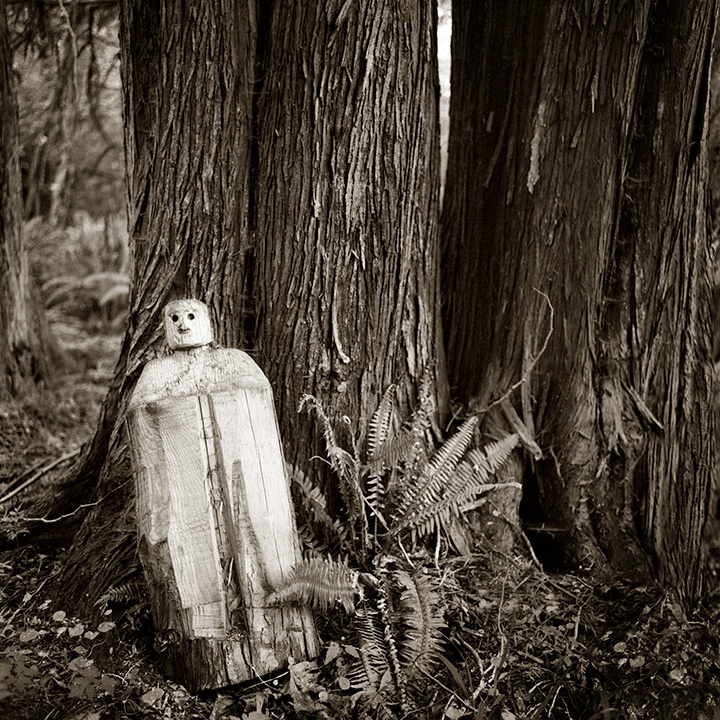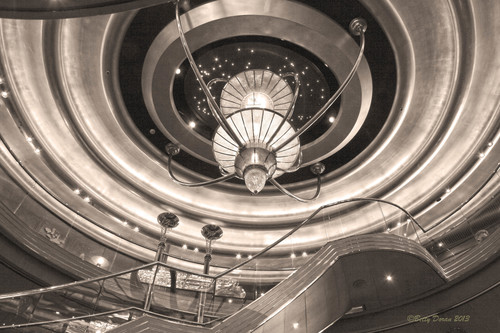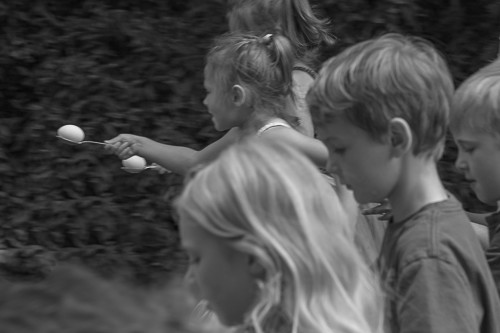The exhibition I curated for the Oregon Historical Society is now open! Place: Framing the Oregon Landscape highlights the work of ten wonderful photographers - Bobby Abrahamson, Jody Ake, Steven Beckly, Susan Bein, Chris Bennett, Thomas Homolya, Joseph Glasgow, Christine Laptuta, Stu Levy, and Raymond Meeks.
Here's my statement for the show:
Romantic notions of “The West” drew many of these artists to Oregon. They came seeking wide-open spaces and the spirit of adventure and exploration, just like so many on westward journeys before them.
The images presented in the exhibition are a creative counterpoint to more familiar vernacular and commercial views. Each photograph is an emotional, personal response to the landscape and the moods it evokes. They are a reminder that artists play a key role in creating our shared history, and in shaping how we will remember it.
Place: Framing the Oregon Landscape also draws from the artists’ personal collections and Oregon Historical Society’s extensive artifact collection to foster a rich, contextual examination of our regional landscape and the artists who interpret it.
The show will be open until May 17th, 2015, so there's plenty of time to stop by for a visit. And, save the date - on January 22nd I'll be moderating a panel discussion with some of the artists, followed by a reception. Stay tuned for more details.




















































